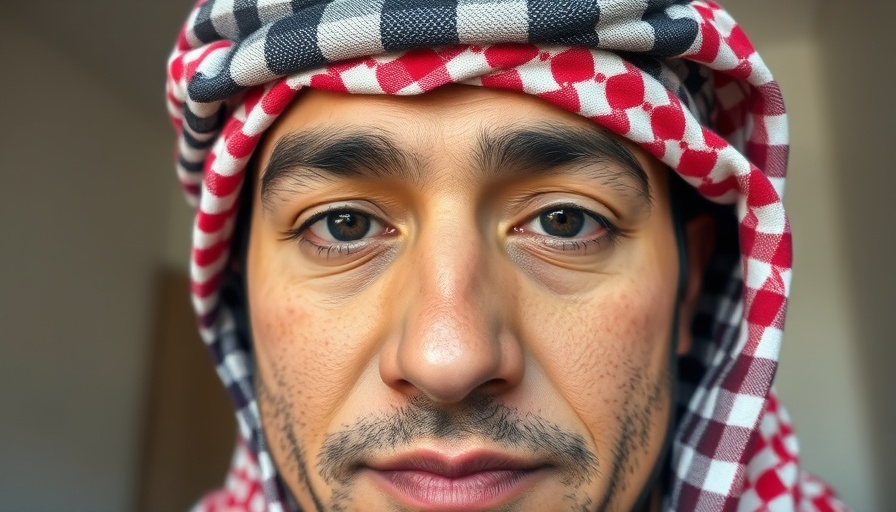
Understanding the Manchester Synagogue Attack
The recent attack on a synagogue in Manchester, where two lives were tragically lost and several others injured, has sent shockwaves throughout the community. The assailant, Jihad al-Shi, not only drove his vehicle into pedestrians but also wielded a knife in a horrifying rampage. What makes this incident particularly alarming is the perpetrator's direct allegiance to the Islamic State group, whom he openly supported during a 999 emergency call following the attack.
In 'Manchester synagogue killer pledged allegiance to Islamic State group in emergency call,' the discussion dives into a critical incident that highlights the ongoing threat of extremism, and we’re breaking down its key ideas while adding our own perspective.
A Disturbing Pledge
On the 999 call, made just minutes after his violent actions commenced, al-Shi expressed his loyalty to ISIS—an organization that, despite losing significant territorial control in the Middle East, continues to influence and radicalize individuals worldwide through its propaganda. This attack isn't just an isolated incident but part of a troubling pattern where lone actors are inspired to commit acts of terror without ever having direct contact with the terrorist organization.
Public Safety and Community Resilience
Fortunately, due to the courageous actions of security personnel and alert worshippers who barricaded themselves inside the Heaton Park Synagogue, the situation could have been far worse. This incident underlines the continuous threat posed by extremist ideologies that law enforcement agencies must combat. Yet, there’s an important narrative emerging as the community gathers to observe the Jewish festival of Sukkot—signifying resilience and unity in the face of adversity.
The Underlying Threat of Extremism
As reported, MI5 considers Islamist extremist ideology as the most pressing threat to national security, heavily influencing counter-terrorism strategies across the UK. The internet remains a key battleground, as extremist propaganda can reach individuals at home, encouraging radical beliefs and potential actions. As we digest this tragic event, awareness about these dangers becomes imperative for both protecting communities and fostering dialogues around diversity, acceptance, and the prevention of violent extremism.
The Role of Law Enforcement
One striking aspect of this attack is how it highlights the complexities of counter-terrorism efforts. Authorities confirmed that the assailant was not previously flagged by their Prevent program, which underscores the challenges in monitoring potential threats effectively. Following the shooting, there were also complications where police inadvertently injured two individuals during the encounter with the attacker. This situation calls for a review of protocols to ensure both public safety and responsible, appropriate responses during crises.
Community Support and Healing
In times of such turmoil, community cohesion can be a powerful healing tool. Observing events like Sukkot allows individuals not just to pray but also to reaffirm their commitment to fostering a supportive environment amidst fear. The ability of communities to come together, despite differences, illustrates why unity is a formidable strength against rising threats.
Looking Ahead
This tragic attack raises numerous questions about both the immediate and overarching implications for public safety and policy. The willingness of lone attackers to claim allegiance to extremist organizations like ISIS is a stark reminder of the persistent challenge that governments and communities must face together. It highlights the need for ongoing discussions about how best to strengthen community resilience and safeguard against violence spurred by radical ideologies.
This unfortunate incident serves as a somber wake-up call for the general public, to stay vigilant and engaged in community discussions around safety, wellbeing, and inclusivity. If you’re concerned about the implications of such violence in your area, consider getting involved in community programs aimed at fostering understanding and protecting diversity.
 Add Row
Add Row  Add
Add 




Write A Comment